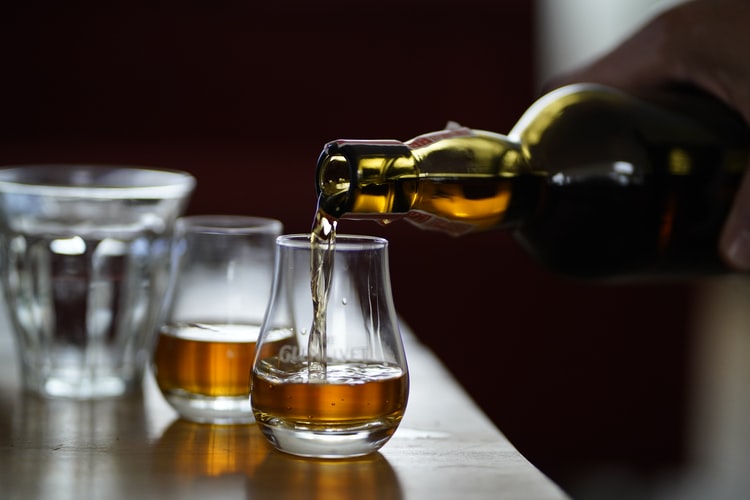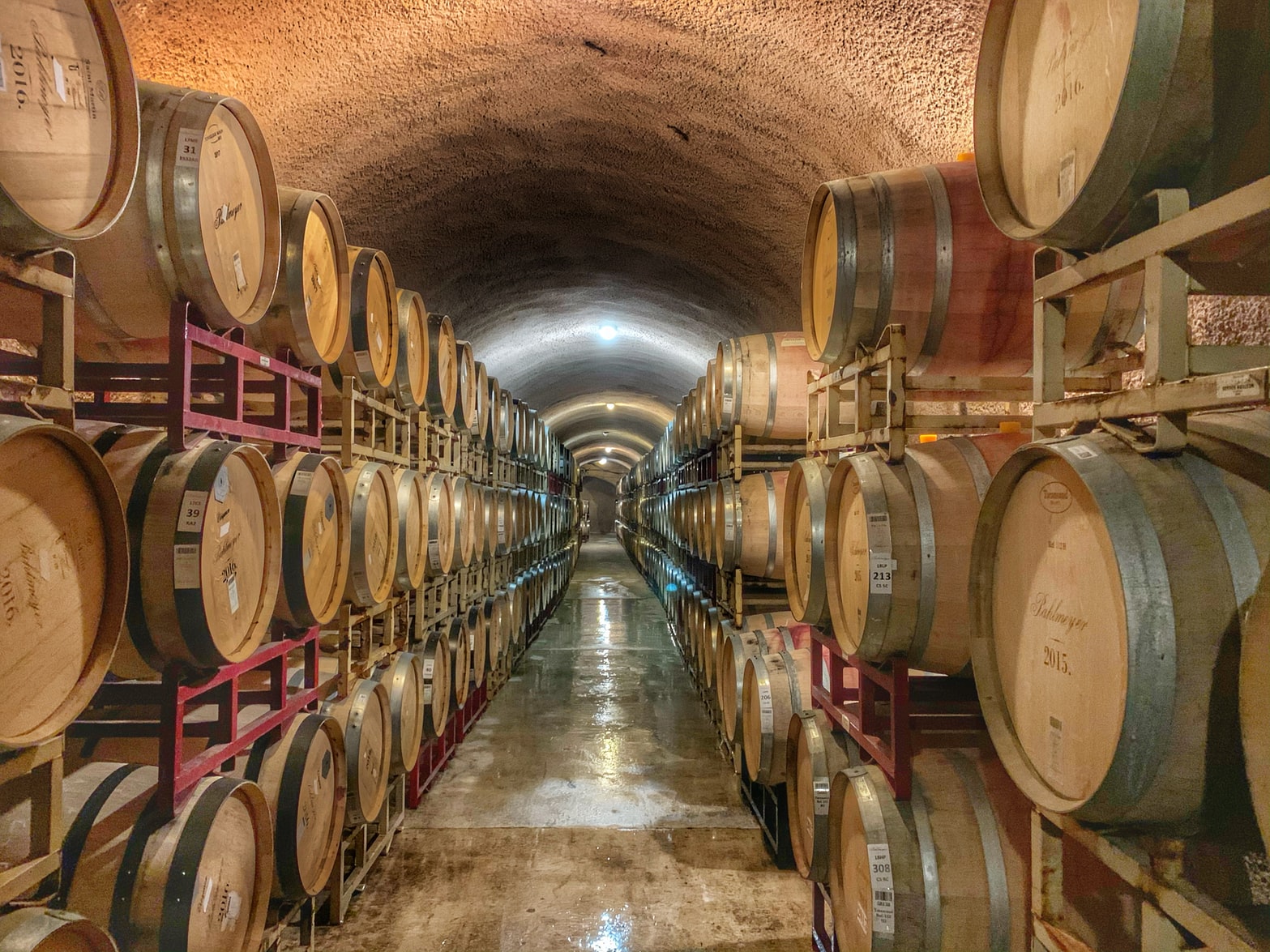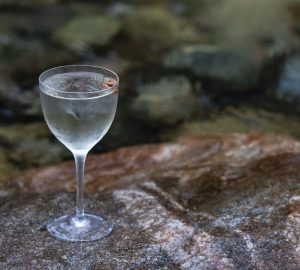A brief look at the science of barrel ageing in spirits. By Tom Egerton.
When it comes to ageing spirits in oak casks, not all woods are created equal and not all soils are the same. Oak selection is as fundamental to spirits as terroir is to wine. So what are the major oaks used by coopers around the world, and what is imparted by different oaks on the final spirit?
French Oak
Major oak species:
Quercus Petraea: Durmast oak, Sessile oak
Quercus Pobur, Quercus Peduncolata: English or Truffle oak
French oak is one of the most sought-after producers for wine maturation for it’s consistent quality, mostly due to longstanding control and regulation of the specific regions where the oak suitable for barrels is grown and managed through sustainable forestry.
Most French oak is used primarily for ageing wines as opposed to spirits, with the exception of Limousin oak acting as most common choice for ageing spirit. Its loose grain and the amount of flavour it imparts is undesirable for wine makers, but very desirable for spirit producers who are looking at ageing a product for longer periods of time and as such is often found in French spirit cask ageing.
A notable difference between French and American oak casks for spirits maturation is the production process of open-air curing of the oak as opposed to using fire to char and cure the wood. A tighter wood grain profile and a less water-tight nature means that the curing process for French oak is to split the wood into planks which are “seasoned” for two to three years in open-air wood yards. This seasoning period helps to leech out unpleasant turpines and aldehydes amongst other undesirable, aggressive flavours. This happens due to naturally occurring fungi that grows on wood piles during the air-drying period.
As the wood dries it becomes inhospitable to one fungus, which will die and be replaced by another fungus more suited to the wood’s current environment of humidity and sugars, and this process is repeated through a variety of fungi until the wood is cured. This series of fungal lifecycles releases chemicals into the wood that help to introduce oxidisation, softening tannins and caramelising hemicellulose. Basically a fancy way of saying that the organic makeup within the wood is converted into elements more suitable for the ageing and maturation of spirits.
This mellowing cannot be replicated by the traditional kiln-drying methods employed by the vast majority of American coopers, however the splitting of the wood means that only 20-25% of the harvested wood can be used for barrels resulting more waste wood created in the French cooperage industry as opposed to the American.
American Oak
Major oak species:
Quercus Alba: White oak
Quercus Alba’s straight and even wood grain combined with its ease of cultivation make it a popular choice for carpenters and coopers. But how did it become the wood of choice for American Bourbon maturation, and as such became the second-fill cask of choice for ageing spirits all over the world, from Scotch to rum, tequila and more?
In the antebellum years between World Wars I & II, the Volstead act and subsequent American Prohibition almost destroyed the coopering industry as demand for barrels. It was the American Cooperage Industries of America (ACIA) and their lawyers that formulated and lobbied for a law to be passed proclaiming all American whiskies had to be aged in 100% virgin Quercus Alba to stimulate the cooperage and forestry industry.
This led to a glut of extremely cheap ex-bourbon barrels at a time when Spanish ex-sherry casks were becoming increasingly expensive in Europe due to falling demand due to changing patterns of tastes and consumption. The demand for American whiskey was at an all-time high due to the decline of the Scottish and Irish whiskey industries – the Scotch industry because of restrictions on distillation due to the war effort and the Irish falling out of favour with the English due to their neutrality during the war.
Because spirits were still shipped in-cask and bottled at market, this led to a surplus of empty barrels in the United Kingdom, which led to Scots utilising the empty ex-bourbon barrels to mature their spirits. This was more of a financial move than a conscious effort to impact flavour.
Quercus Alba is relatively fast growing when cultivated, giving straight trunks with a straight grain and a high level of vanillin in the wood, and is seen as a highly desirable wood for ageing spirits as opposed to French oak casks used for wine, where a tighter grain means more control of flavour development. The loose grain leads to a faster release of flavour into the spirit, and the traditional American barrel size is slightly smaller than the traditional European whisky hogshead, leading to a higher wood-to-spirit ratio, therefore faster ageing in-barrel.

Japanese Oak
Major oak species:
Quercus Mongolica: Mizunara oak
Experimentation on Mizunara casks had occurred for many years by the pioneers of the Japanese whisky industry, but it was challenging to create a balanced final spirit from ageing in this notoriously finicky wood. The porous nature of Mizunara and its very high levels of vanillin meant it was hard to create a balanced spirit. Most Japanese whiskies that use Mizunara are first aged in sherry or bourbon casks before being either finished in Mizunara or blended with Mizunara cask aged whisky.
So what flavours does Mizunara offer which are not present in European or American oak?
Tasters often refer to tropical or coconut notes in Mizunara aged malts, which are the result of specific whisky lactone – or more importantly quercus lactone: a lactone present in all oak species, but in differing amounts.
In short, in low concentrations these trans-oak lactones will produce pleasant woody and sweet aromas, and in high concentrations will produce sweet coconut and tropical notes.
Mizunara has been found to contain a much higher measurement of trans-oak lactones than in white or European oak matured whiskies. A higher occurrence of these lactones gives Mizunara matured spirits a fresher pine and coconut finish, while the lactones in American oak tend to be more vanilla, cedar and tobacco flavours.
Charring and Toasting
Once the wood is chosen, coopers can further adjust flavour profiles that can be extracted from the wood by charring and toasting the barrels, using a range of methods from flash-toasting to naked flames to cook the wood.
After their curing process, the method of heating and toasting the barrels differs by location. The French process their oak into barrels by bending their staves by heating them with the use of a wood-fired brazier heating to either light, medium or heavy toasting.
American barrels are shaped by using a steamer to soften the oak staves, then using a gas torch to char the interior of the barrels, grading as light, medium or heavy char, with even heavier char available to craft distillers.
There is no definitive proof of who begun charring oak barrels and when they did, although plenty of bourbon producers have claimed that they began the trend that now defines the category.
In fact, the earliest record of charring barrels comes from a book stored in the United Distillers archive in Louisville, Kentucky. Unfortunately, there is no cover to the book or author listed, just an uncredited, handwritten note that references the year 1854.
It includes this passage:
Q: Why are water and wine casks charred on the inside?
A: Because charring the inside of a cask reduces it to a kind of charcoal; and charcoal (by absorbing animal and vegetable impurities) keeps the liquor [liquid] sweet and good.”
So water and wine casks were already undergoing charring at the time this was written, and was common enough that his information was thought vital enough to be included in what seems to be a general almanac. No proof exists that any one producer was exclusively using charred oak prior to it becoming the norm and then a legal requirement. But why they were charring oak and how and where it originated are facts lost in time.
While there is no definitive answer to the question of who started charring barrels, the why is that processes of heat treatment via charring and toasting have different effects and produce different flavours. For example, toasting helps convert complex insoluble sugars (hemicellulose) into simpler sugars, which in turn break down into caramelisation by-products. These develop into the structures that will give colour and notes of cooked and burnt sugar, and of course toasted notes.
Additionally, charring not only creates a whole different range of flavour compounds, but also creates a larger contact surface area as the wood cracks and converts to charcoal. A larger surface area means a much faster interplay between wood and the now developed sugars and solubles.
Additionally, the charcoal also acts as a filter, absorbing sulphurs and esters from the spirit, smoothing out the liquid from rough white spirit to the aged final product.
When it comes to ageing spirits in oak, the species, treatment and curing play a huge role in creating the flavour profile of the resultant product. These provide distillers and blenders with a tool-set to shape flavours and create desired outcomes in the final spirit which presents another layer of care and passion in the art of ageing spirits.








